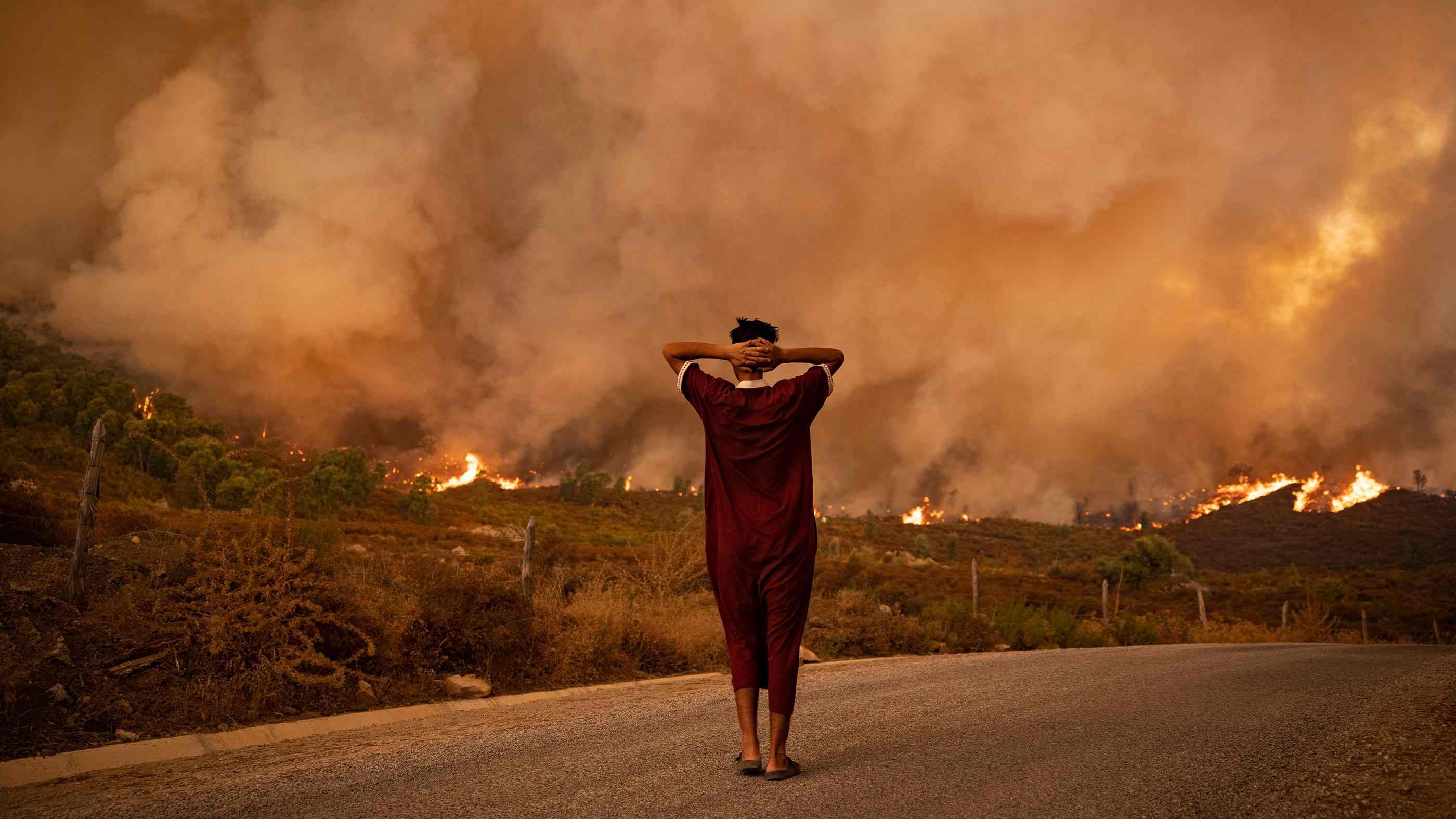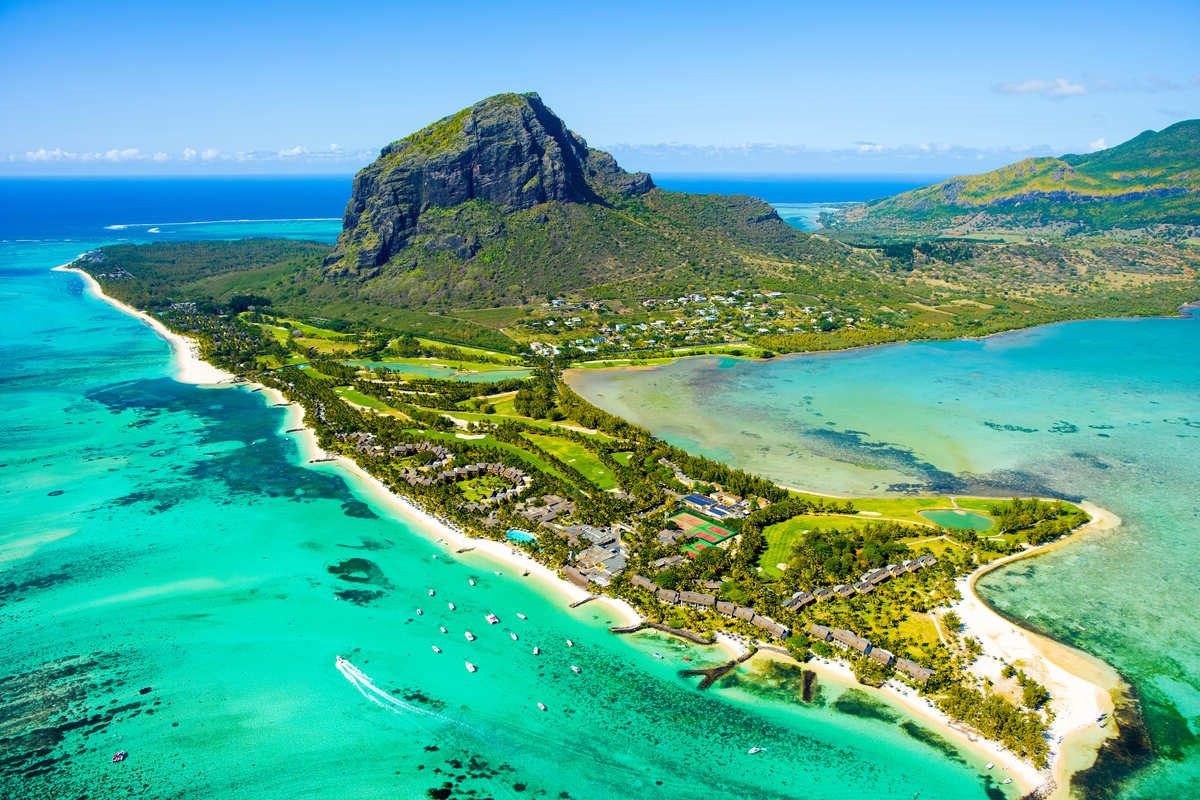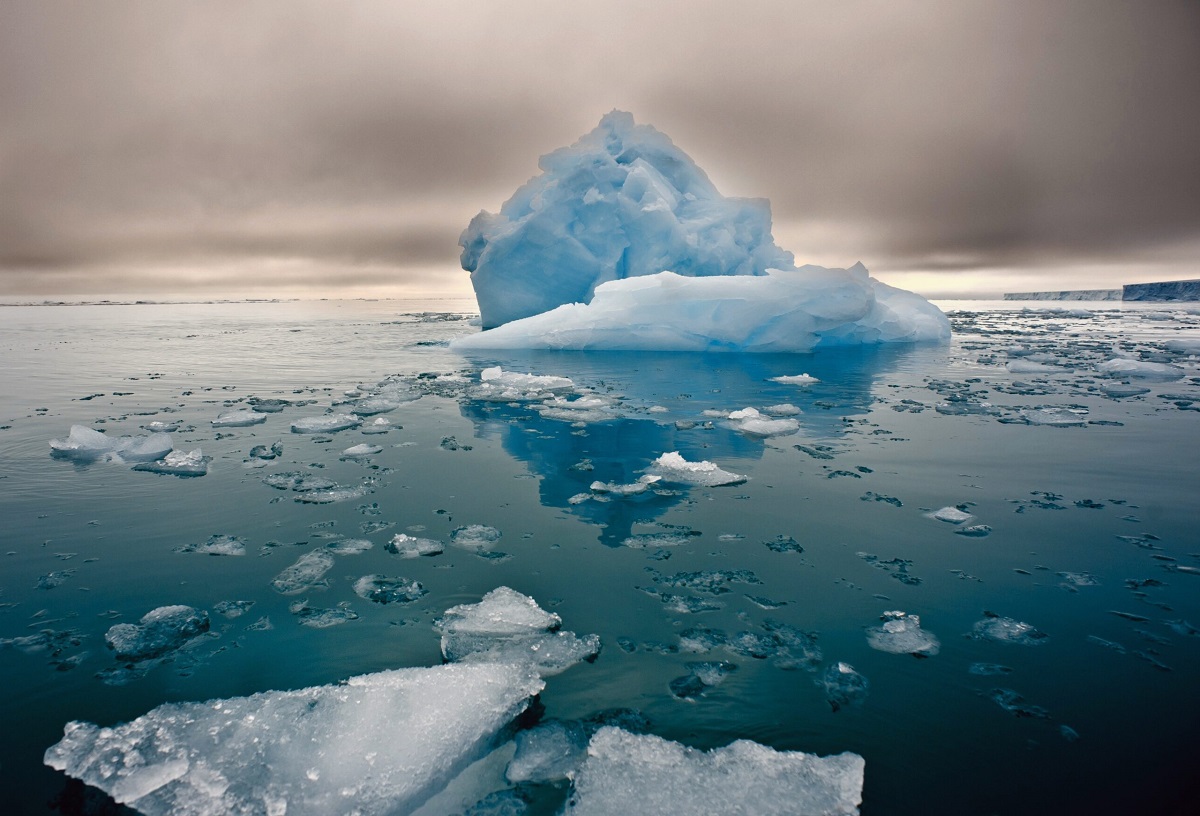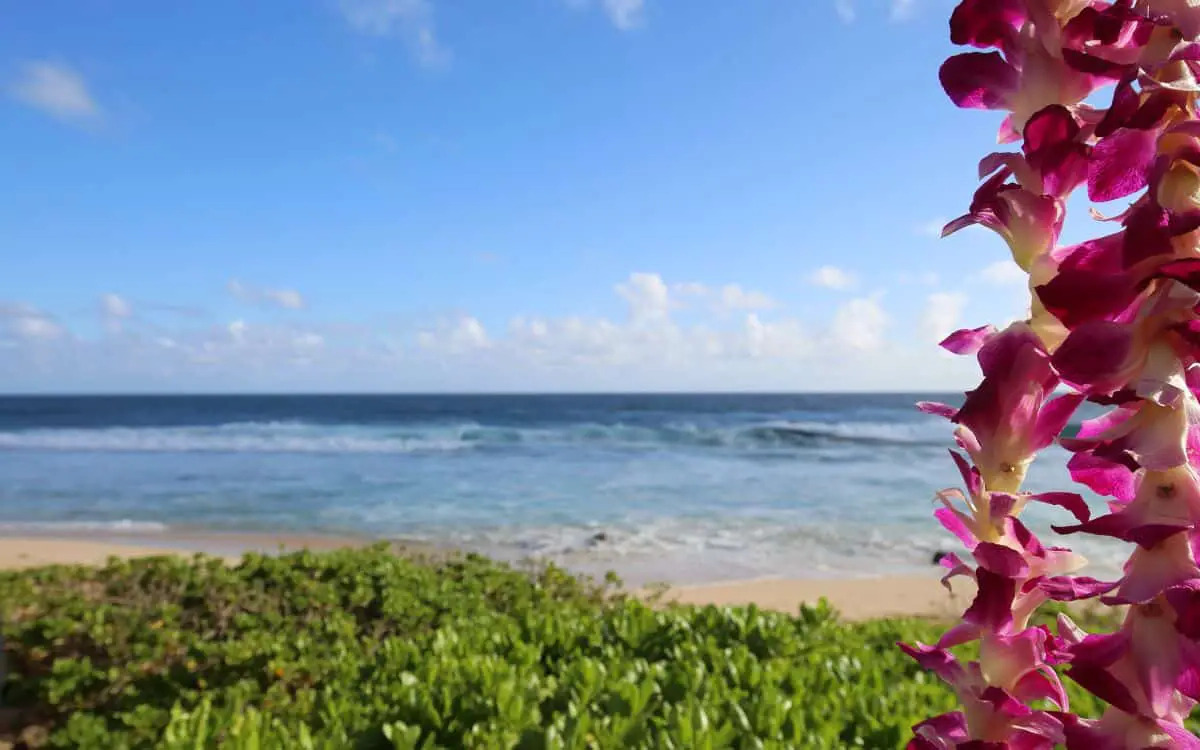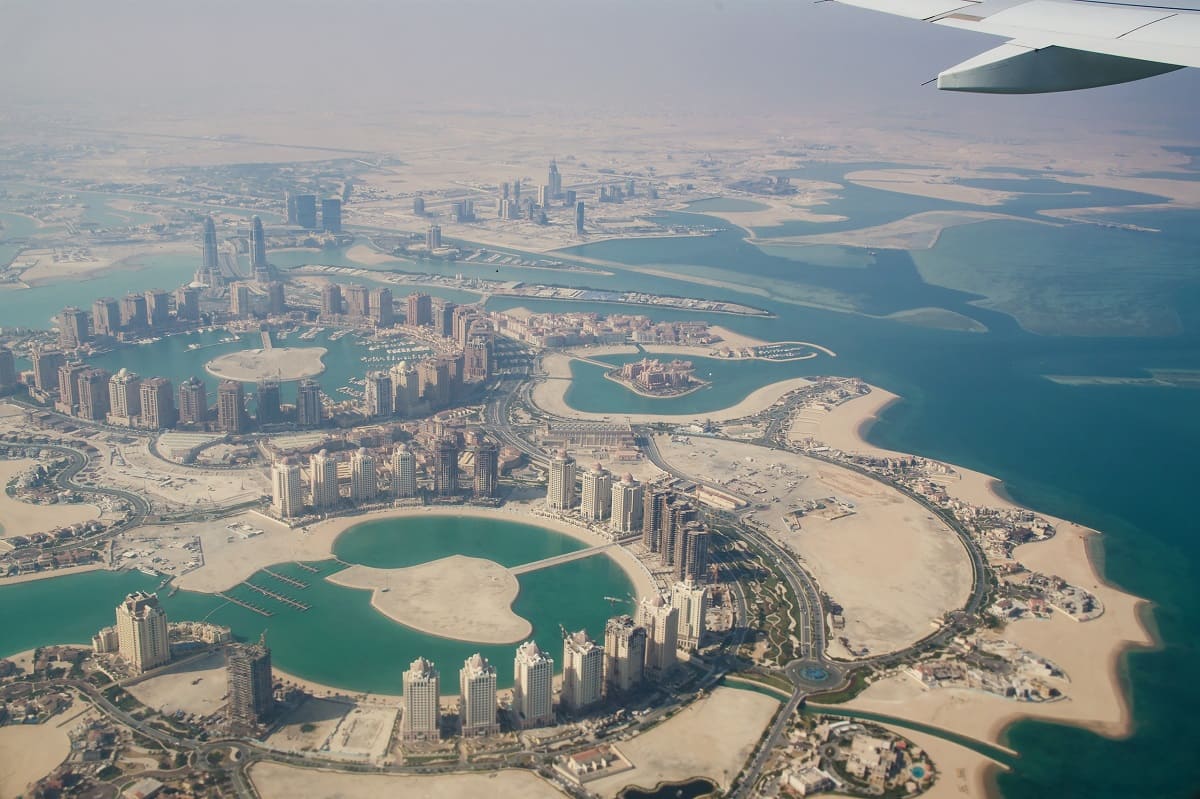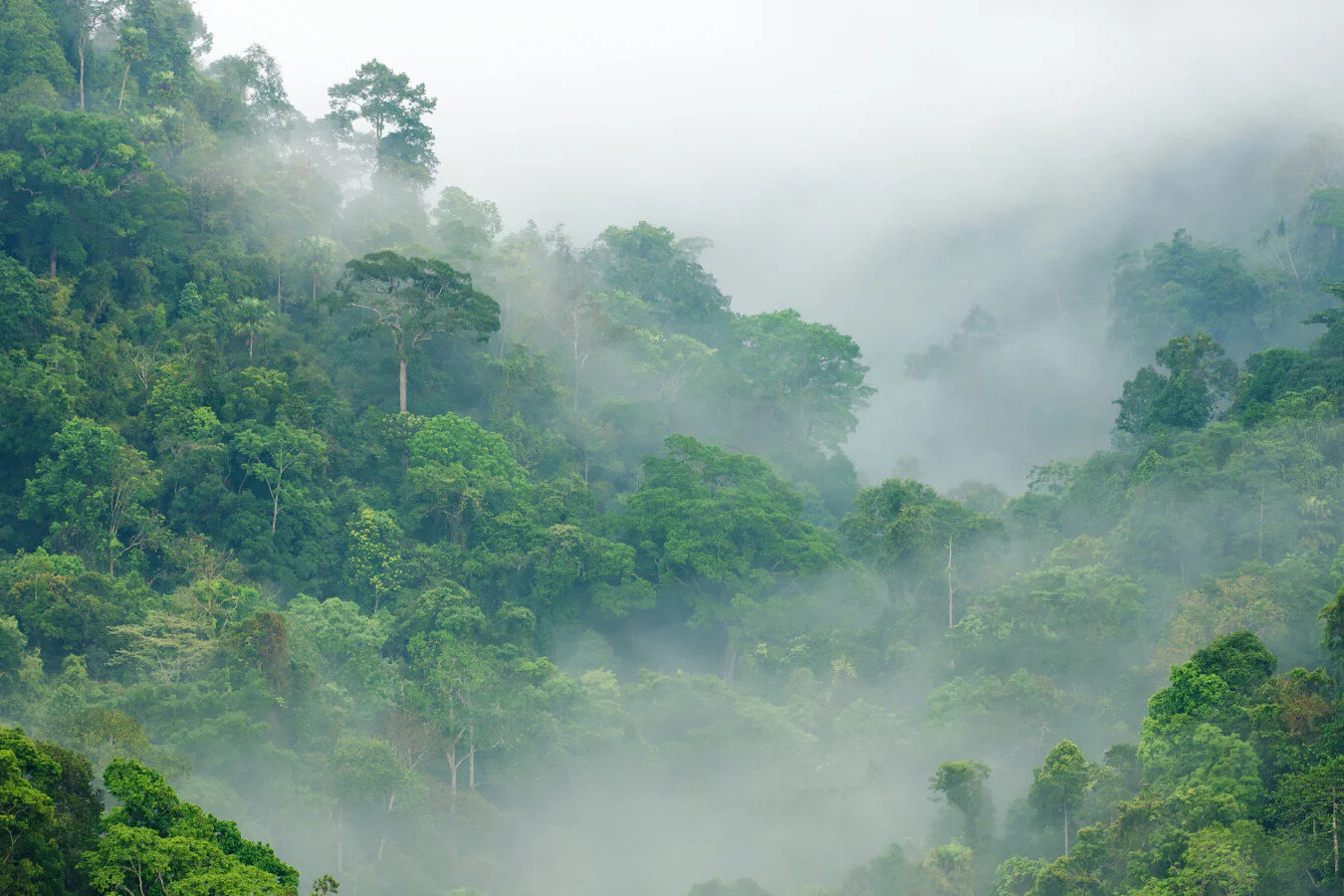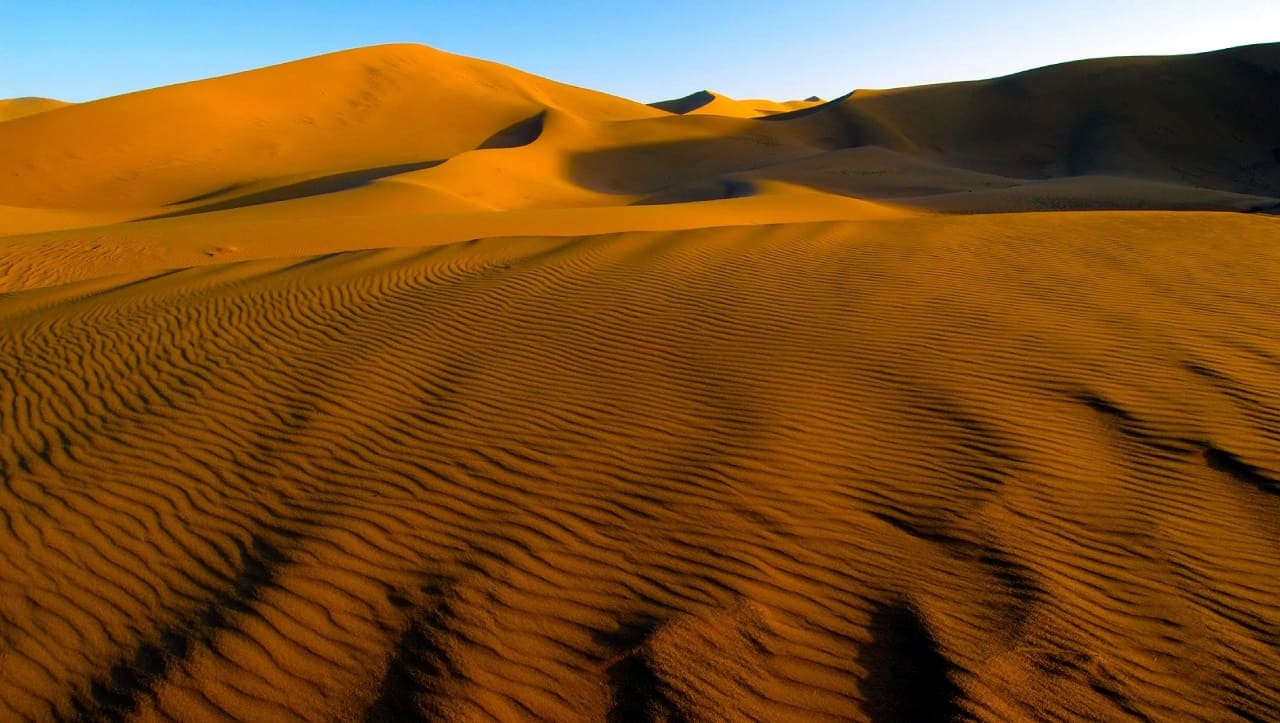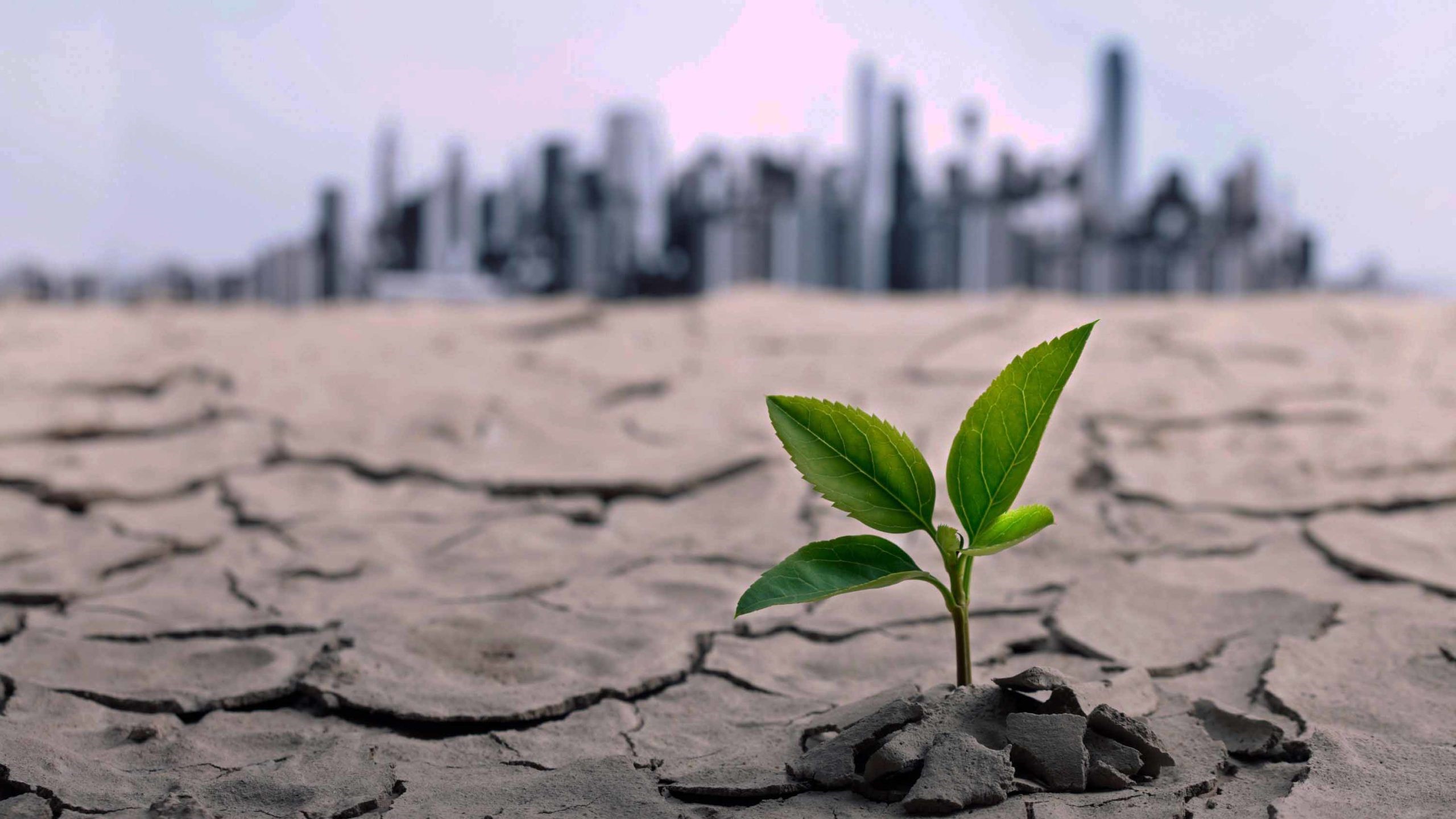Home>Weather and Climate>Deserts With Moderately Warm To Cool Temperatures
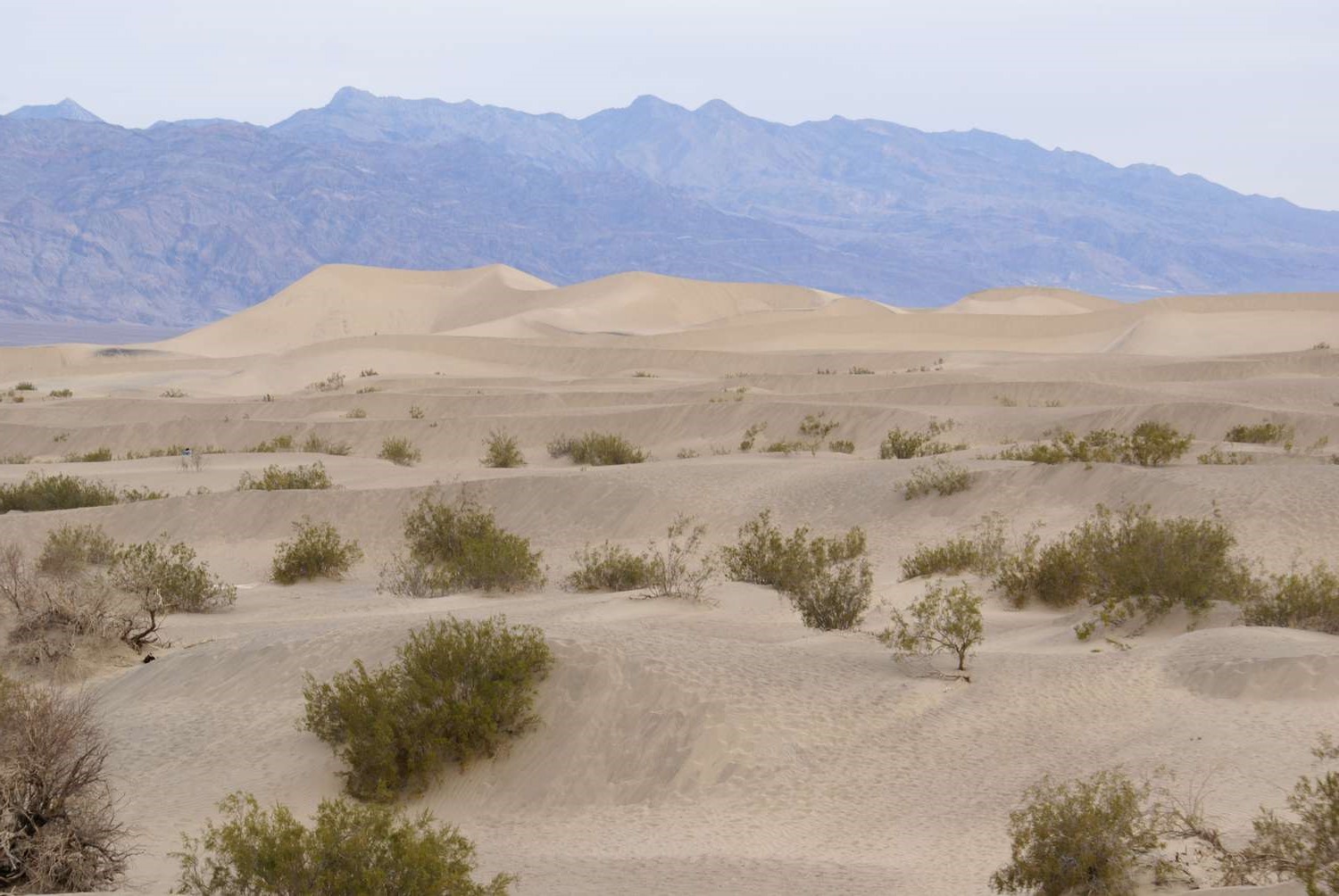

Weather and Climate
Deserts With Moderately Warm To Cool Temperatures
Published: March 6, 2024
Explore deserts with moderately warm to cool temperatures and learn about their unique weather and climate characteristics. Discover how these diverse environments thrive in varying temperature ranges.
(Many of the links in this article redirect to a specific reviewed product. Your purchase of these products through affiliate links helps to generate commission for Temperatures.com, at no extra cost. Learn more)
Table of Contents
Introduction
Deserts are often associated with scorching heat, vast sand dunes, and minimal vegetation. However, there exists a lesser-known category of deserts characterized by moderately warm to cool temperatures. These unique landscapes, often overlooked in favor of their hot counterparts, boast a diverse array of flora and fauna, each adapted to thrive in the challenging conditions.
Unlike the stereotypical image of a desert, these regions experience milder temperatures, typically ranging from cool to moderately warm. This distinction sets them apart from the blazing heat commonly associated with traditional deserts. The climate in these areas is marked by lower average temperatures, often accompanied by distinct seasonal variations.
Despite the moderate temperatures, these deserts present their own set of challenges for both the inhabitants and the environment. Precipitation levels are often low, leading to arid conditions that shape the landscape and dictate the survival strategies of the flora and fauna that call these deserts home. The scarcity of water, a defining characteristic of deserts, remains a prominent feature in these regions, influencing the distribution and behavior of the living organisms within them.
In this article, we will delve into the fascinating world of deserts with moderately warm to cool temperatures, exploring their unique characteristics, the remarkable adaptations of their plant and animal inhabitants, the impact of human activities on these delicate ecosystems, and the conservation efforts aimed at preserving these remarkable environments. Join us as we embark on a journey to uncover the hidden wonders of these often overlooked desert landscapes.
Characteristics of Deserts with Moderately Warm to Cool Temperatures
Deserts with moderately warm to cool temperatures exhibit a distinct set of characteristics that set them apart from traditional hot deserts. These unique landscapes are defined by their moderate temperature range, typically experiencing cooler conditions compared to their scorching hot counterparts. The climate in these deserts is characterized by milder average temperatures, often accompanied by notable seasonal variations.
One of the defining features of these deserts is the relatively lower average temperature range. While traditional deserts are commonly associated with intense heat, deserts with moderately warm to cool temperatures offer a more temperate climate. The temperature range in these regions typically falls within the cool to moderately warm spectrum, providing a more hospitable environment for certain plant and animal species.
Precipitation patterns in these deserts also contribute to their distinct characteristics. While they may not experience the extreme aridity of hot deserts, these regions still exhibit low precipitation levels, leading to arid conditions. The scarcity of rainfall shapes the landscape, giving rise to unique geological formations and influencing the distribution of vegetation across the desert terrain.
Seasonal variations play a significant role in shaping the characteristics of these deserts. Unlike hot deserts, which often experience minimal variation in temperature throughout the year, deserts with moderately warm to cool temperatures undergo more pronounced seasonal changes. This can result in fluctuations in vegetation, animal behavior, and overall ecosystem dynamics as the environment responds to the shifting climate.
The flora and fauna of these deserts have adapted to thrive in the unique conditions presented by the moderately warm to cool temperatures. Plant species in these regions often exhibit specialized adaptations to conserve water and withstand temperature fluctuations. Similarly, the animal inhabitants have developed strategies to cope with the cooler temperatures and scarcity of resources, showcasing remarkable resilience in the face of environmental challenges.
Overall, deserts with moderately warm to cool temperatures offer a captivating blend of climate, geography, and biodiversity. Their distinct characteristics make them a fascinating subject of study, providing valuable insights into the resilience of life in challenging environments and the intricate interplay between climate and ecosystem dynamics.
Plant and Animal Adaptations
In deserts with moderately warm to cool temperatures, plant and animal species have evolved remarkable adaptations to thrive in the challenging environmental conditions. These adaptations are essential for their survival in an arid landscape characterized by lower average temperatures and limited water availability.
Plant Adaptations
Plant species in these deserts have developed a diverse array of adaptations to cope with the scarcity of water and the fluctuating temperatures. One common adaptation is the presence of specialized water-storing tissues, such as succulent stems and leaves. These water-storing structures enable plants to store moisture during periods of rainfall and utilize it during dry spells, allowing them to survive in the arid environment.
Additionally, many plant species have evolved deep root systems that extend far below the surface in search of underground water sources. These extensive root systems enable plants to access water reserves that are beyond the reach of shallower-rooted species, providing them with a crucial advantage in water acquisition.
Furthermore, some desert plants have developed mechanisms to reduce water loss through transpiration. This often involves adaptations in leaf structure, such as reduced leaf surface area or the presence of a waxy cuticle, which helps minimize water loss while maximizing the plant's ability to photosynthesize.
Animal Adaptations
The animal inhabitants of deserts with moderately warm to cool temperatures have also evolved a range of adaptations to thrive in this unique environment. One notable adaptation is the ability to withstand temperature extremes, including cooler nighttime temperatures. Many desert animals have developed specialized physiological and behavioral adaptations to regulate their body temperature and minimize water loss, allowing them to thrive in the arid landscape.
Some desert animals have adapted to obtain water from non-traditional sources, such as moisture from their food or metabolic water produced during the digestion process. These adaptations enable them to survive in regions where free-standing water is scarce or sporadic.
Furthermore, many desert animals exhibit efficient water conservation mechanisms, such as concentrated urine production and the ability to extract moisture from their exhaled breath. These adaptations are crucial for maintaining proper hydration levels in an environment where water resources are limited.
In addition to physiological adaptations, behavioral strategies play a vital role in the survival of desert animals. Many species are nocturnal, avoiding the heat of the day and taking advantage of the cooler nighttime temperatures to forage for food and engage in essential activities.
Overall, the adaptations displayed by both plant and animal species in deserts with moderately warm to cool temperatures exemplify the remarkable resilience of life in challenging environments. These unique adaptations offer valuable insights into the intricate relationship between organisms and their environment, highlighting the extraordinary ways in which life has evolved to thrive in the face of adversity.
Human Impact on Moderately Warm to Cool Deserts
Human activities have significantly impacted deserts with moderately warm to cool temperatures, leading to environmental changes that have profound effects on the delicate ecosystems within these regions. Despite their seemingly remote and inhospitable nature, these deserts have not been immune to the influence of human actions, which have introduced a range of challenges threatening the balance of these unique environments.
One of the most prominent human impacts on these deserts is the alteration of natural landscapes through urbanization, agriculture, and infrastructure development. As human populations expand, the demand for land and resources encroaches upon the habitats of native flora and fauna. Urban development and agricultural expansion can lead to habitat fragmentation, disrupting the interconnected ecosystems that have evolved to thrive in the desert environment.
Furthermore, the extraction of natural resources, such as water and minerals, has significant implications for the delicate balance of these ecosystems. Water extraction for agricultural and industrial purposes can deplete already limited water sources, leading to further aridification and habitat degradation. Similarly, mining activities can disrupt the natural terrain, altering the physical and chemical composition of the land and impacting the native species that rely on these habitats for survival.
Human-induced climate change also poses a significant threat to deserts with moderately warm to cool temperatures. The alteration of global climate patterns, including shifts in temperature and precipitation, can have far-reaching consequences for these delicate ecosystems. Changes in rainfall patterns and temperature regimes can disrupt the finely tuned adaptations of native plant and animal species, leading to shifts in distribution and potential population declines.
In addition to direct environmental impacts, human activities in these deserts can also introduce non-native species, leading to competition and predation that disrupt the existing ecological balance. Invasive species can outcompete native flora and fauna, leading to the loss of biodiversity and the disruption of essential ecological processes.
The cumulative effects of human impact on deserts with moderately warm to cool temperatures underscore the need for proactive conservation efforts to mitigate further environmental degradation. By recognizing the interconnectedness of human activities and the health of these ecosystems, it becomes imperative to implement sustainable practices and conservation measures to safeguard the unique biodiversity and ecological integrity of these remarkable landscapes.
The human impact on deserts with moderately warm to cool temperatures serves as a sobering reminder of the profound influence of human activities on even the most remote and seemingly inhospitable environments. It underscores the importance of responsible stewardship and conservation efforts to preserve these delicate ecosystems for future generations to appreciate and study.
Conservation Efforts for Moderately Warm to Cool Deserts
Conservation efforts for deserts with moderately warm to cool temperatures play a crucial role in preserving the unique biodiversity and ecological integrity of these remarkable landscapes. Recognizing the vulnerability of these ecosystems to human impact and environmental changes, various initiatives and strategies have been implemented to safeguard the delicate balance of these regions.
One of the primary focuses of conservation efforts in these deserts is the protection of native flora and fauna. This often involves the establishment of protected areas, such as national parks and nature reserves, where the natural habitats and species can thrive without the threat of human disturbance. These protected areas serve as vital refuges for endemic plant and animal species, allowing for the preservation of their genetic diversity and ecological interactions.
In addition to protected areas, conservation organizations and governmental agencies collaborate to implement habitat restoration and rehabilitation programs. These initiatives aim to restore degraded desert habitats, such as areas affected by urbanization, agriculture, or resource extraction, to their natural state. Habitat restoration efforts often involve re-vegetation projects, soil stabilization measures, and the removal of invasive species to promote the recovery of native flora and fauna.
Furthermore, community-based conservation initiatives play a significant role in engaging local populations in the stewardship of their natural surroundings. By involving indigenous communities and local stakeholders in conservation efforts, a sense of ownership and responsibility is fostered, leading to more sustainable and inclusive conservation practices. This approach also recognizes the traditional ecological knowledge held by indigenous communities, which can offer valuable insights into the management and preservation of desert ecosystems.
Education and outreach programs are instrumental in raising awareness about the importance of conserving deserts with moderately warm to cool temperatures. By engaging the public, especially the younger generation, in environmental education and outreach activities, a deeper appreciation for the unique value of these ecosystems is cultivated. This awareness can lead to increased support for conservation initiatives and the adoption of sustainable practices that minimize human impact on these delicate environments.
Research and monitoring efforts are essential components of conservation strategies for these deserts. By conducting scientific research and monitoring the ecological dynamics of these regions, conservationists can gain valuable insights into the impacts of human activities and environmental changes. This knowledge forms the basis for evidence-based conservation decision-making and the development of adaptive management strategies to address emerging threats.
Overall, conservation efforts for deserts with moderately warm to cool temperatures are multifaceted, encompassing habitat protection, restoration, community engagement, education, and research. By integrating these diverse approaches, conservationists and stakeholders work towards ensuring the long-term viability of these unique ecosystems, preserving their ecological richness for future generations to appreciate and cherish.

